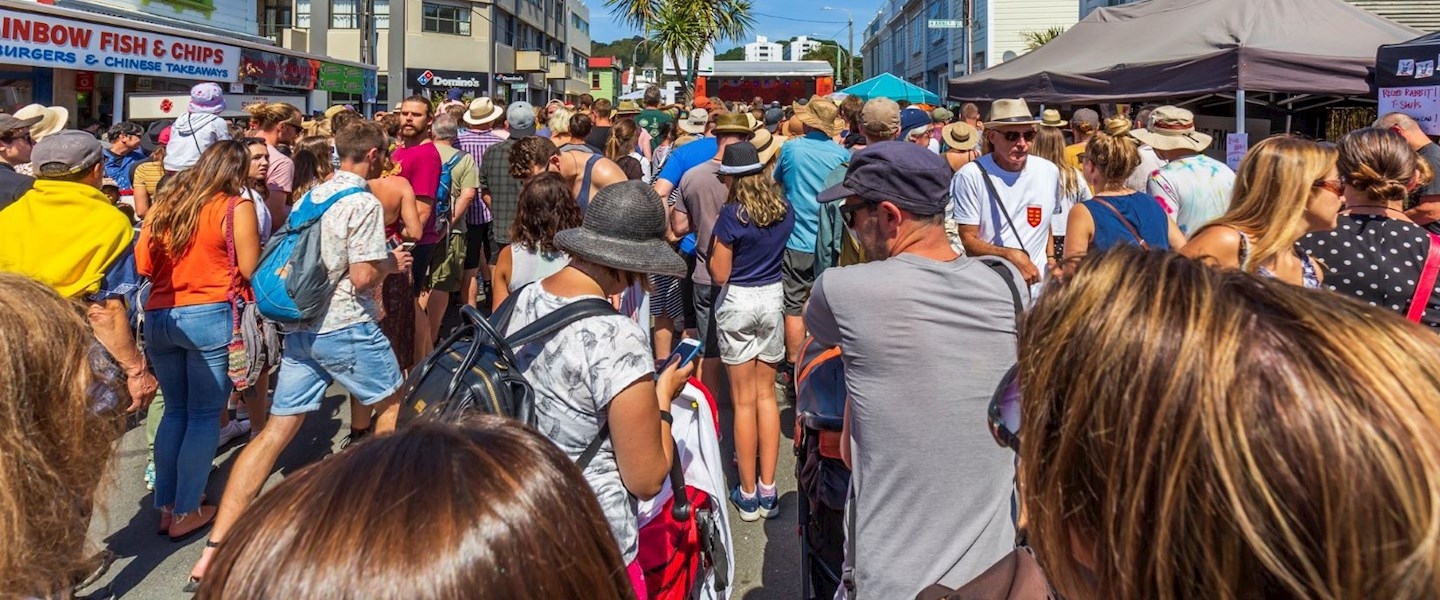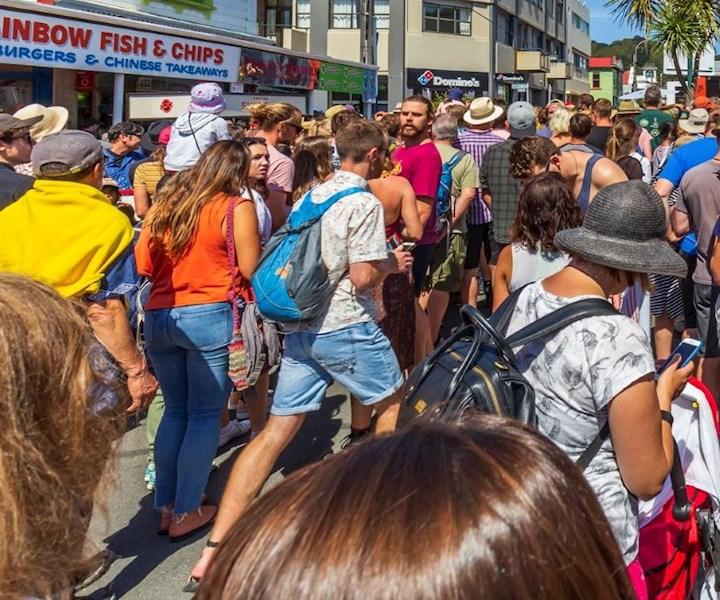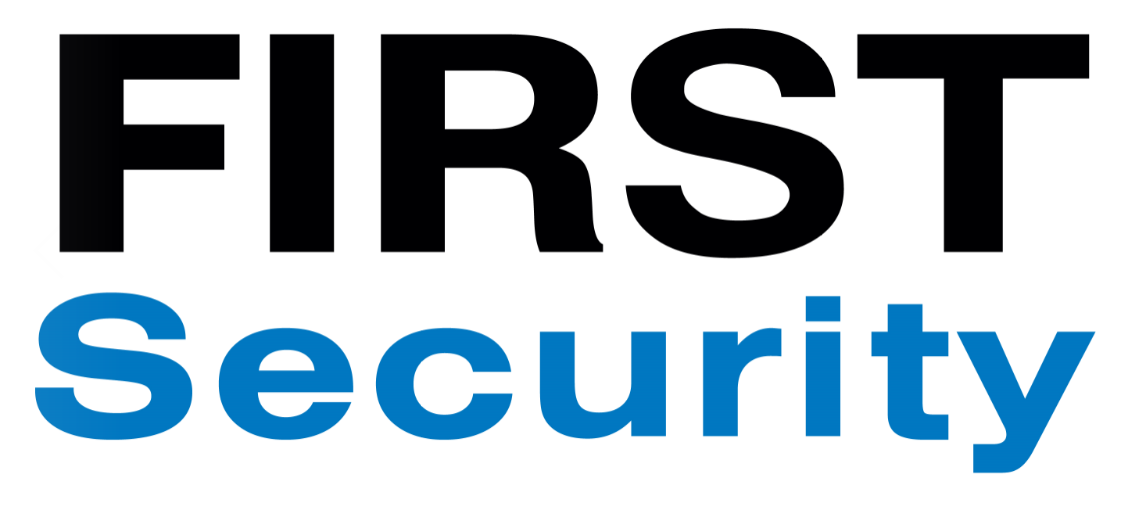Getting the health and safety of security officers right: Events and crowded places


A set of guidelines recently published by the New Zealand Security Association’s (NZSA) sets out health and safety considerations in the deployment of security personnel. In this series of posts, FIRST Security’s Health, Safety & Environment Advisor Chris Naya looks at how to best protect those who are on the frontline of protecting New Zealand’s businesses
In my previous post, I explored what the New Zealand Security Association’s (NZSA) Security Services in New Zealand: Good Practice Guidelines has to say about two of the key health and safety considerations relevant to the deployment of security patrols, specifically (i) patrol vehicles; and (ii) personal protective equipment (PPE).
In this post, we continue our look at health and safety considerations for Security Officers in the context of event security.
Events are peculiar things. There’s something about them; the most obvious being that they are calendar-worthy – they don’t happen every day. Whether it’s a big game, a concert, a fun run or a festival, we look forward to them!
The other obvious thing about them is that they bring people together.
Ironically, it’s these two things that also make events particularly attractive to would-be attackers, and particularly vulnerable to potential attack. The scheduled nature of events provides potential attackers the opportunity to plan their activities in detail, and their ‘crowded’ nature provides attackers with the potential for maximum impact.
It’s for this reason that New Zealand Police last year published its Protecting Our Crowded Places from Attack – New Zealand’s Strategy (a document that my colleague FIRST Security’s Steve Sullivan has written about extensively). The NZSA’s Good Practice Guidelines draw heavily from this document and breaks it down in terms of implications for heath and safety.
Assessing the risk
From the outset, the Guidelines points readers to the Protecting our Crowded Places from Attack: Self-Assessment Tool (a document that forms part of the Police’s crowded places suite). The Self-Assessment Tool is designed to assist event organisers and venue managers in understanding possible threats and vulnerabilities, and in determining good practice measures commensurate to the risks.
As a starter, the Guidelines suggests that to understand the threats and vulnerabilities, event organisers and venue managers should consider the following:
- Is there anything about the location of the premise, its visitors, sponsors, contractors, occupiers and staff, your activities, or within the wider community that may attract a terrorist attack or aggressive behaviour?
- Is there an association with high profile individuals or organisations which might attract terrorist or aggressive behaviour?
- Are there any aspects of your business or activities, or those of your staff and/or volunteers that terrorists might wish to exploit to aid an attack, such as building floor plans, publicly available documents, technical expertise or poor security culture?
Implications for Security Officer training
Where the Good Practice Guidelines adds real value to the Police’s crowded places guidance is that it identifies several risk categories for events and venues, and it describes the level of training security staff should receive commensurate to the risk.
This is important because sending inadequately trained Security Officers into a high risk event/venue will leave them exposed, placing them – and the patrons they are there to protect – at further risk.
Low Risk
For ‘low risk’ events/venues, volunteers tend to be used as stewards, and even though these people are not security trained, the Guidelines recommend that guidance be sought from a licensed security professional:
Training for Security Staff: It is recommended that a licensed security professional provide guidance and instruction to volunteers operating as Stewards. The licensed security professional may provide their time on a voluntary basis.
Normal Risk
‘Normal Risk’ is described as when minimal or low-level risks but potential that security resource may need to manage conflict situations or evict patrons:
Training for Security Staff: All security staff must hold a Certificate of Approval (having completed the Mandatory Training) or where on a Temporary Licence, have received induction training and operate under close supervision. Staff should have completed in-house training on searching and managing conflict situations where specific to their duties.
Heightened Risk
‘Heightened risk’ is attributed to events/venues that are the subject of identified threats or vulnerabilities:
Training for Security Staff: [as per ‘Normal Risk’, plus] staff providing crowd monitoring, screening, searching or managing conflict situations are to have received role specific in-house training.
Critical Risk
‘Critical Risk’ is described as when maximum protective security is required to meet specific threats and to minimise vulnerability and risk:
Training for Security Staff: [as per ‘Heightened Risk’, plus] management staff are to be experienced and have a good understanding of protective security and managing security threats. All staff must be conscious and alert for acts of extreme violence or terrorism targeting the crowd as well as individuals of violence or intimidation.
What’s next...
Next in my series on health and safety in security, we take a microscope to the role of situational awareness and training, so keep an eye out on LinkedIn and the FIRST Security blog page.
If you’d like to discuss how to keep your people safe, feel free to contact me at christopher.naya@firstsecurity.co.nz or you can read more at: Security Services in New Zealand: Good Practice Guidelines

